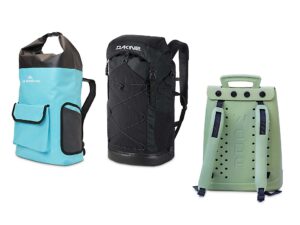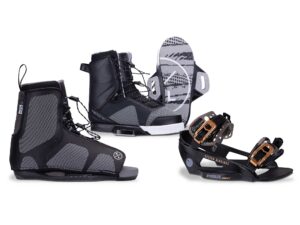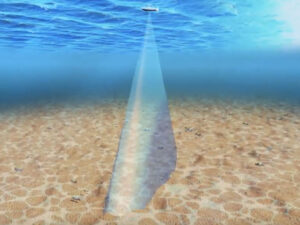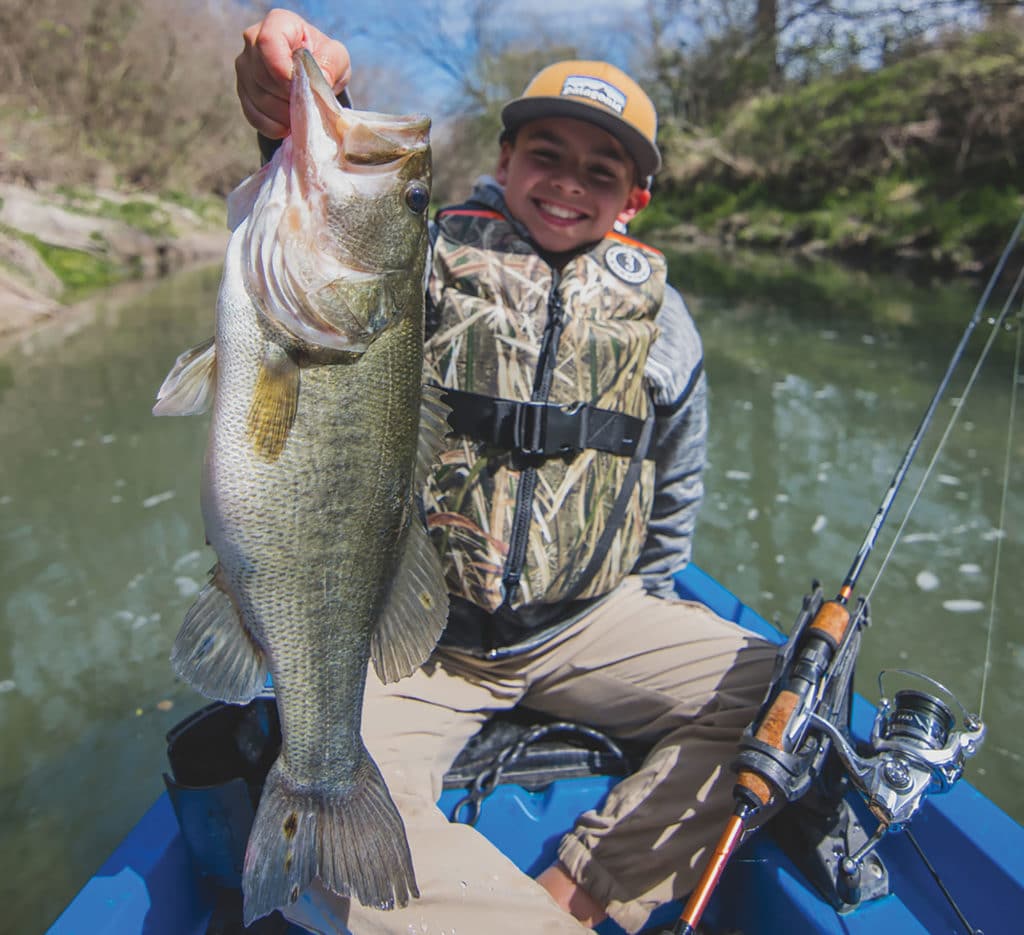
By now, most boaters should be familiar with the statistics. Life jackets save lives, but only if you wear them. Fortunately, today’s offerings are more comfortable than ever. While most adults can easily find a life jacket that does the job, selecting a kid’s jacket requires a little more thought. Growing kids don’t always fit the size guidelines as clearly. Younger children especially need additional features to keep jackets secure. Here’s what to look for in life jackets for kids.
Type
Most kids in a supervised, recreational boating situation will be best served by a US Coast Guard-approved Type III life jacket. Featuring the classic ski-vest design, Type III jackets are easy to put on, comfortable and, when properly sized, will keep a conscious child afloat with their head above the water until a parent or other rescuer can quickly swoop in. Inflatable jackets of any type are not approved for kids under the age of 16 and are not recommended for nonswimmers.
Size
Kids’ sizes are based on weight, with typical designations being infant (8 to 30 pounds), child (30 to 50 pounds) and youth (50 to 90 pounds). Avoid the temptation to give a child growing room by purchasing a jacket that is too large. A struggling child may sink out of it when in the water. Keep in mind that the Coast Guard does not recommend taking an infant out on a boat until they weigh at least 18 pounds (typically about seven months for boys and nine months for girls).
Features
Type III life jackets typically feature a nylon or neoprene exterior. Nylon is often cooler, but may not be as comfortable on a child’s skin. Neoprene can be hot in warm weather but is more form-fitting. Life jackets for children under 50 pounds have additional features, including a crotch strap to keep the jacket from riding up, head support, and a grab strap to hoist the child out of the water.
Fit
Fit should be snug but comfortable. Overlapping closures, drooping shoulders or loose armpits indicate a jacket is too large. Buckles or zippers that can’t close, straps extended full-length, or front torso panels that don’t come together show a jacket is too small. With closures secured, have the child raise their arms overhead while an adult grasps the vest at the shoulders and lifts upward. The vest should not rise over the child’s cheeks or slip off. Likewise, have the child float in shallow water, noting if their head dips below the surface (the vest is too small) or the vest slips overhead (it is too large).
Read Next: Boating With Kids
Style
Kids, especially young ones, often fuss when secured into a life jacket. Get them used to the jacket before you head out on the boat by having them swim or float while supervised at the beach, pool or dock. Also, involve kids in the purchase. Whether it’s choosing a favorite color, character or graphic, if kids think the jacket looks cool, they will want to wear it.
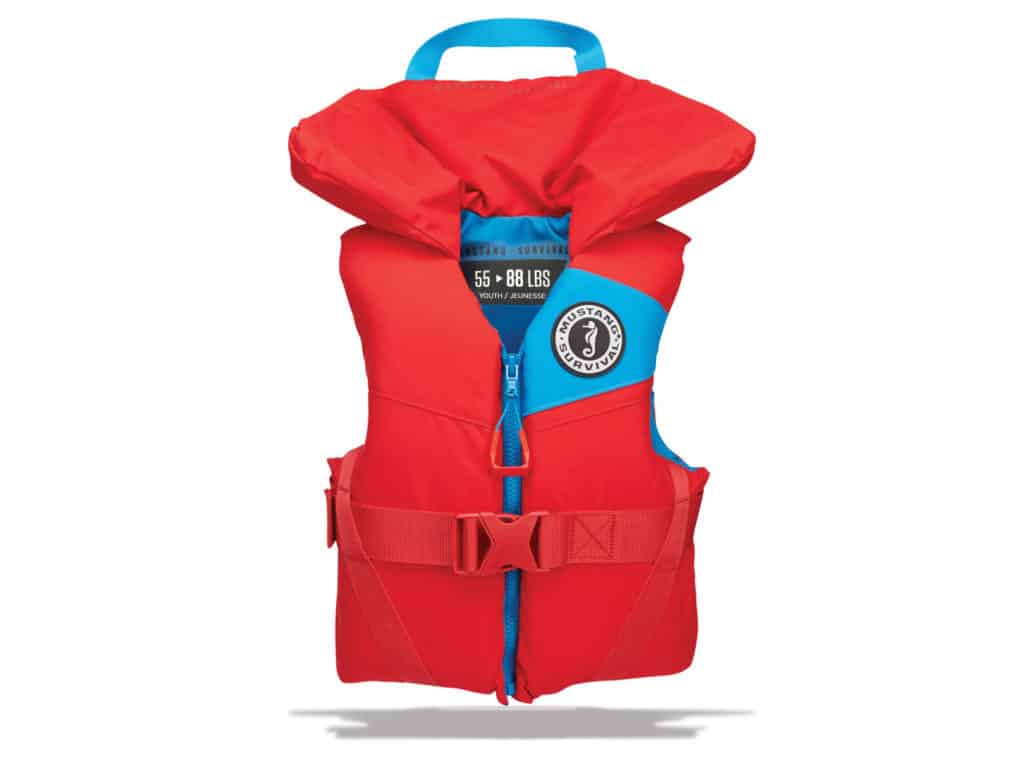
Mustang Lil Legends Youth Vest
With kids, comfort is key. Mustang’s Lil Legends Youth Vest features an ultra-soft fabric against the skin, vented mesh back, and contoured foam to make the vest feel more comfortable and less bulky. The three-piece collar also better cradles the head and prevents the child from rolling. $59.99; mustangsurvival.com


